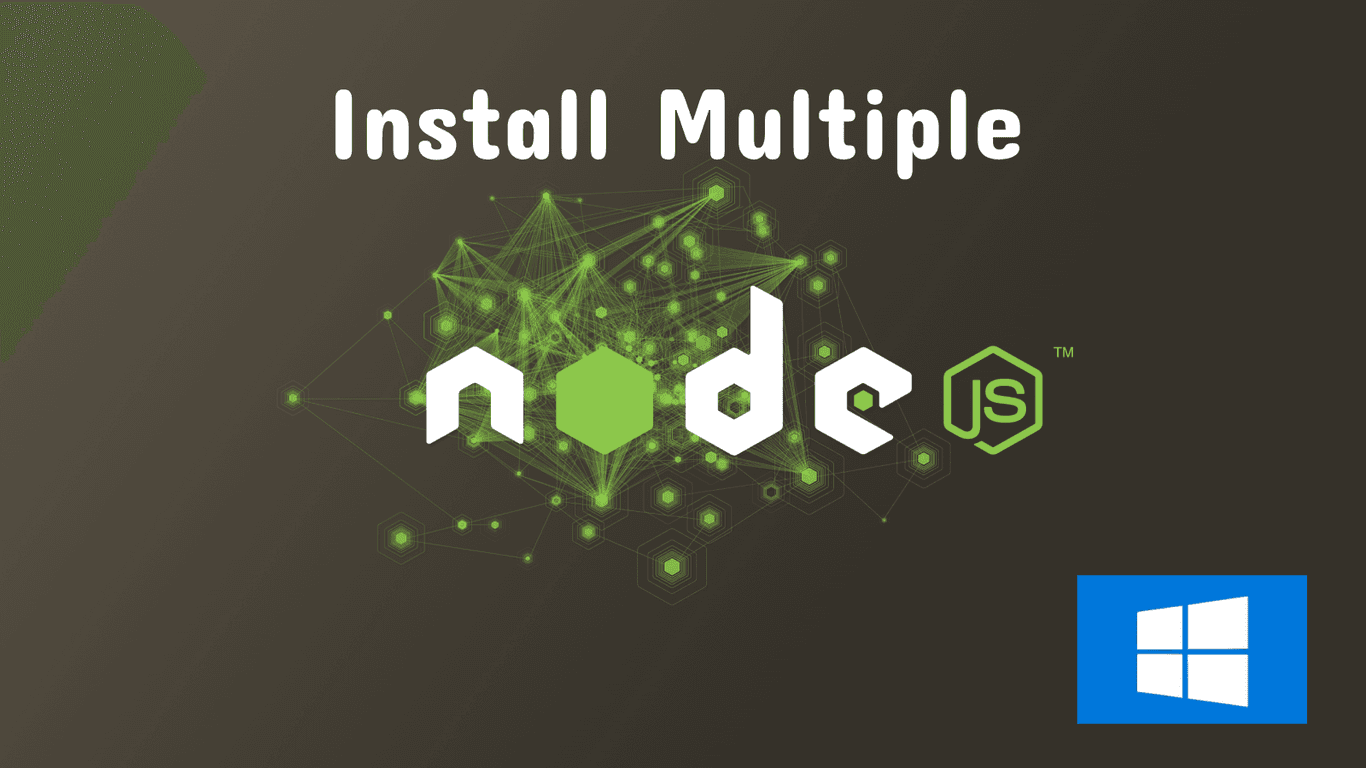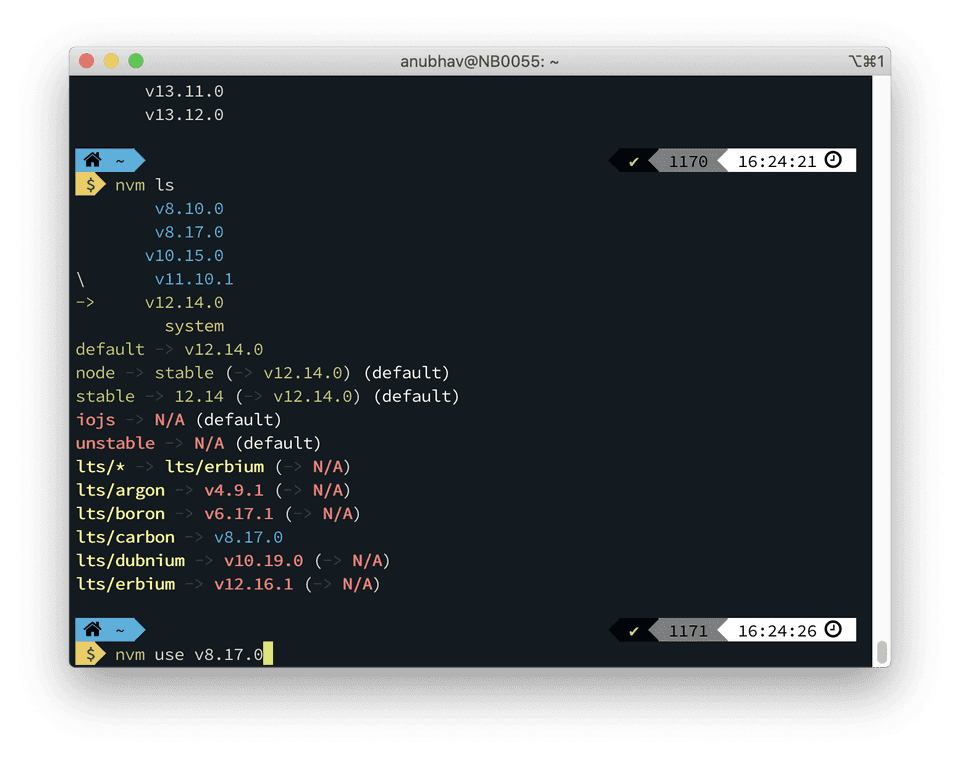

There is another tool called npm (Node Package Manager) that you will use later to install the various libraries and tools used in JavaScript environments. We’re going to install it using nvm (Node Version Manager), because it makes it easy to change Node versions and upgrade Node.

To get started, there are some required tools we need before we can install Node on your system. We will need this for some exercises in the upcoming lessons. Let's say you are trying to run a Node project and the project works correctly (for e.g) Node version 14 but your Node version is 10.Node.js is a JavaScript runtime environment that allows you to run JavaScript outside of your web browser.

It just manages them and switches to anyone at will. Just that it does not uninstall any version. Instead of manually downloading and uninstalling the version of Nodejs nvm does it behind the hood for us. It allows us to install and switch between different versions of Nodejs. Nvm like we have learned is a Node Version Manager. The tool is called nvm, Node Version Manager. The answer is NO because a brilliant does all the versioning work for us. So we might just have to install the right Nodejs version, but do we have to install and re-install Nodejs versions all the time? Now, Nodejs got better and better with each new version released but sometimes these versions can be a problem, and we might see ourselves running incompatible Nodejs in our projects. To run Nodejs all you need to do is to install the executable and off you go!

We can create mobile apps, and desktop apps now with JavaScript. Finally, JavaScript ceased from being a browser-only language to an all-platform language. The majority of big companies turned towards Nodejs and many JavaScript frameworks were birthed. Since then, software development has not been the same. Nodejs became a game changer in the software development world after its initial release in May 2009.


 0 kommentar(er)
0 kommentar(er)
